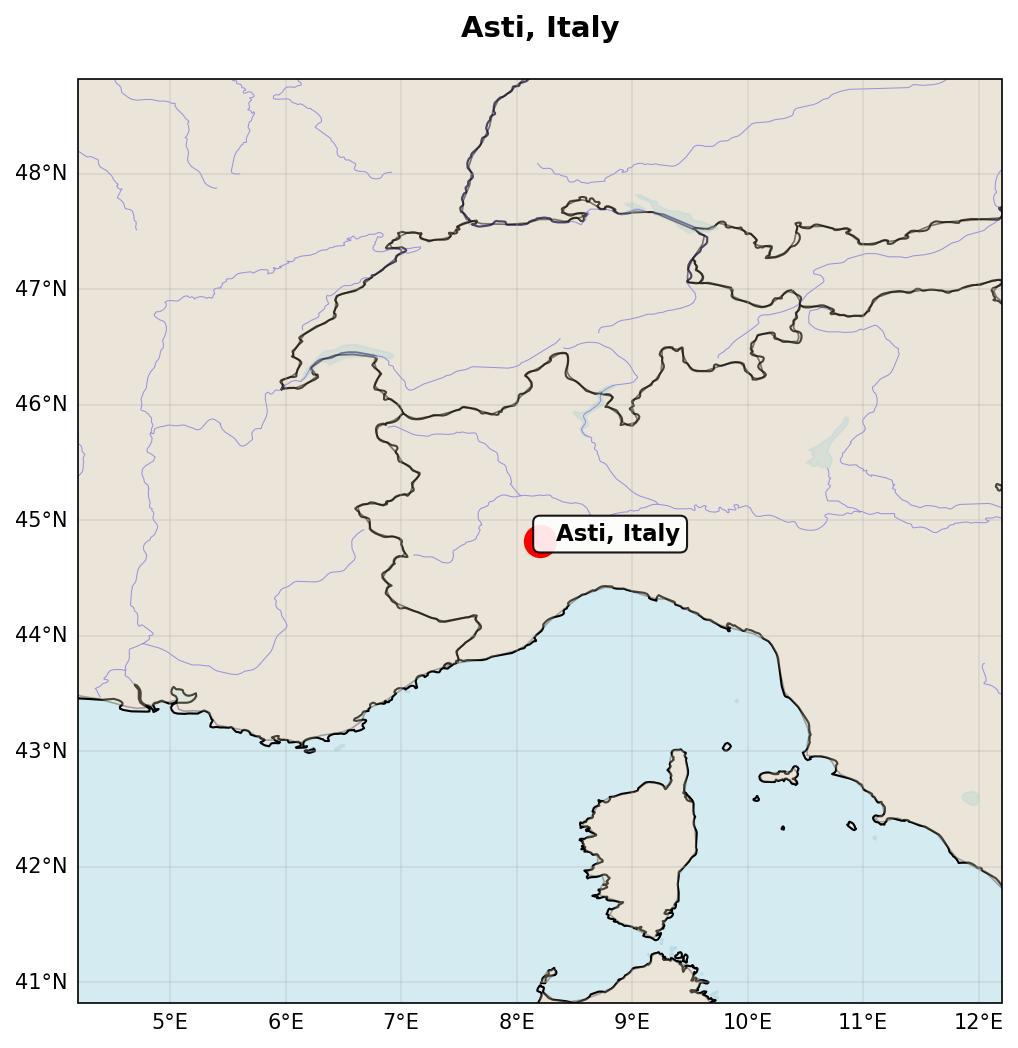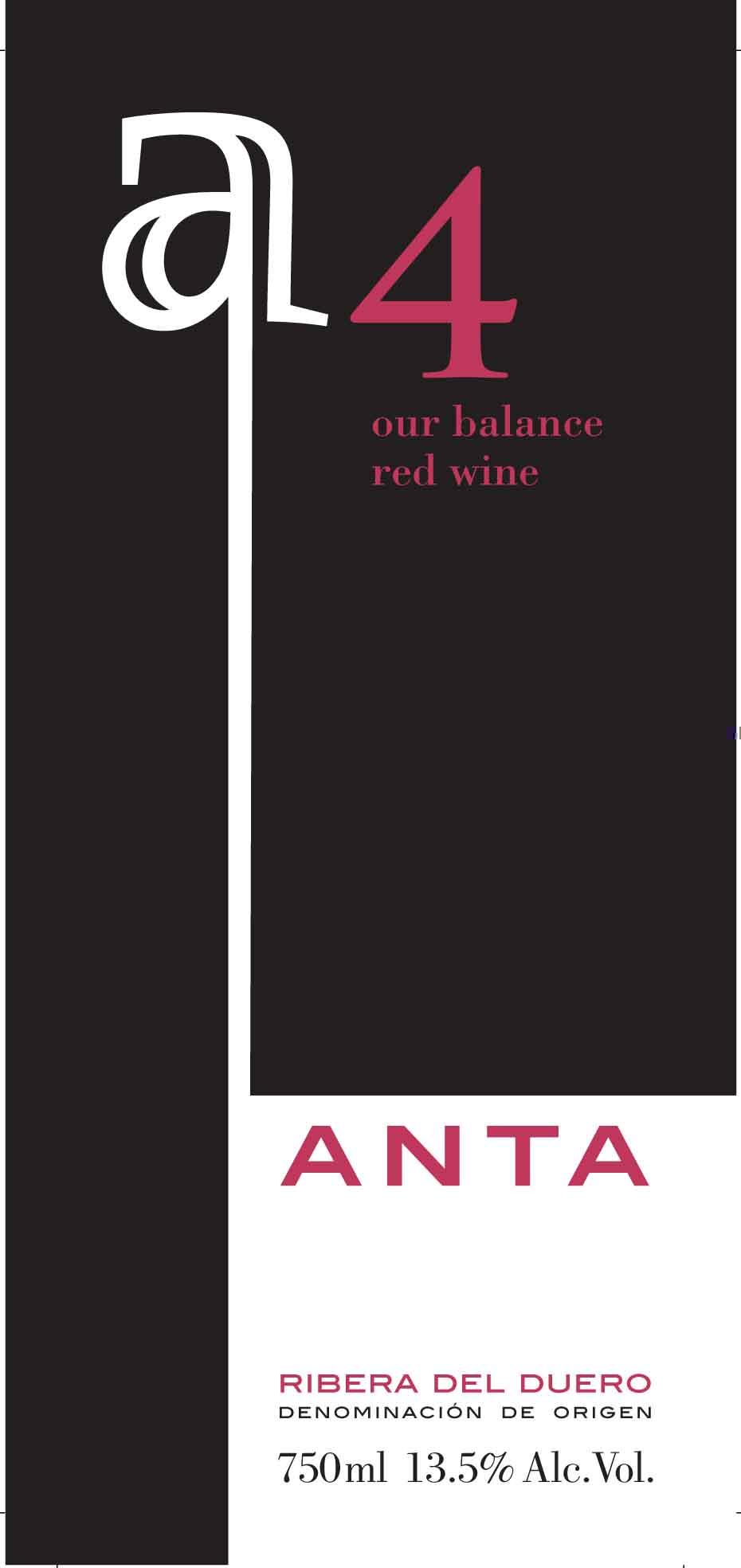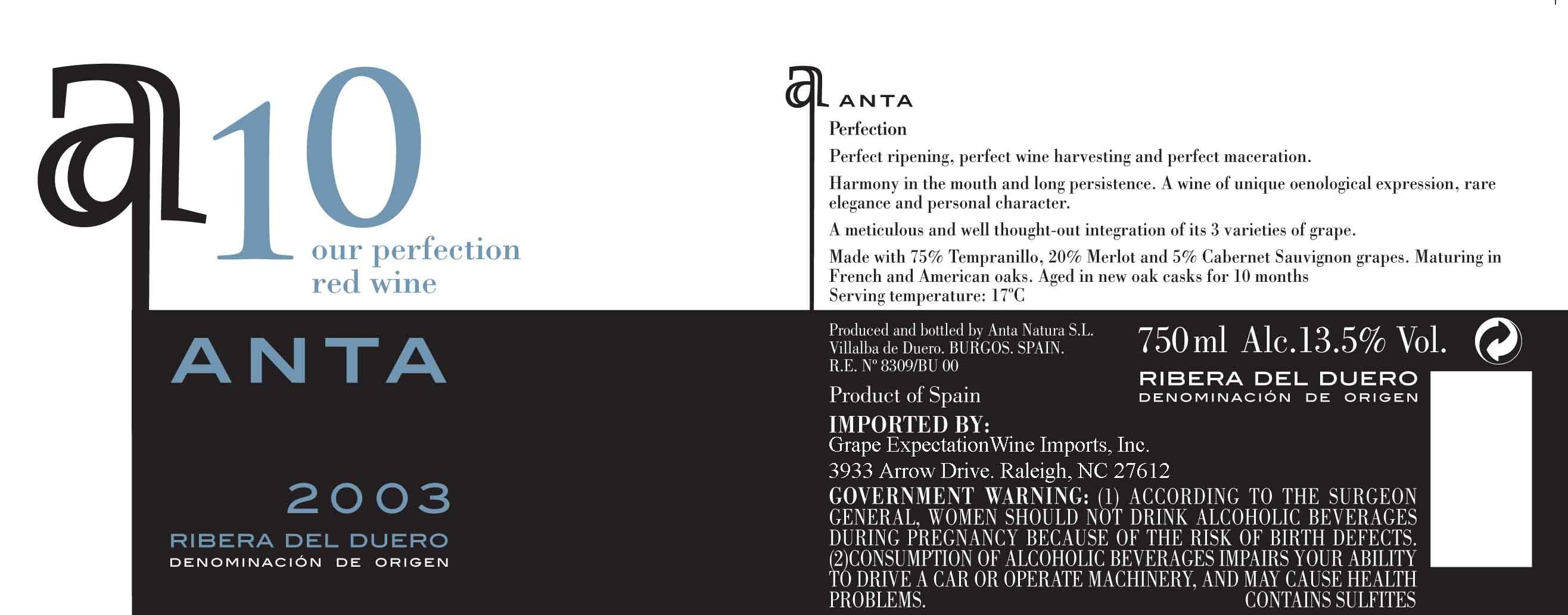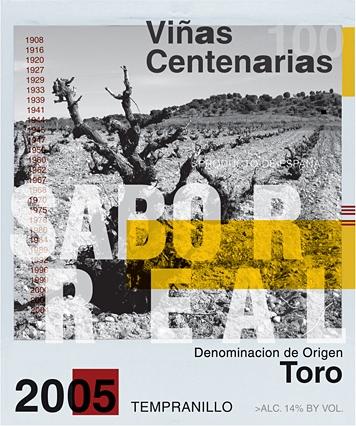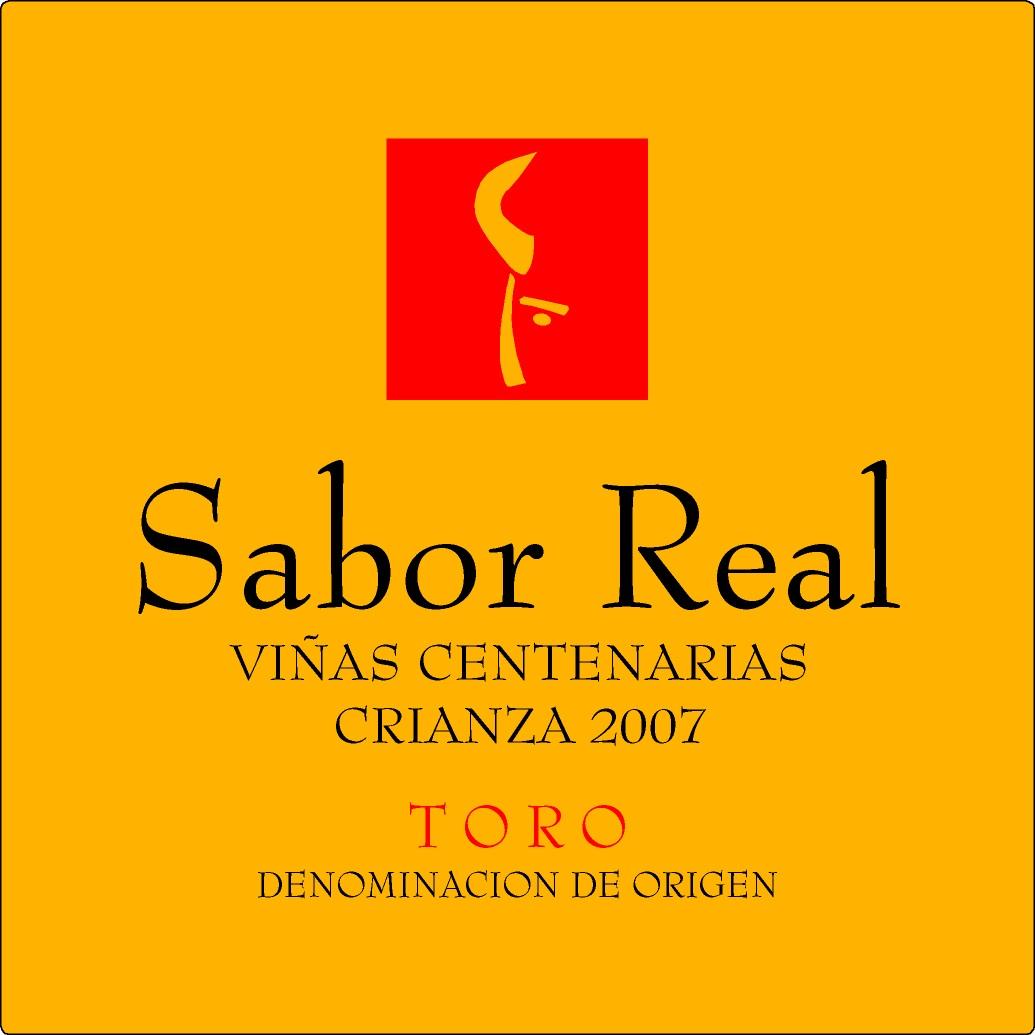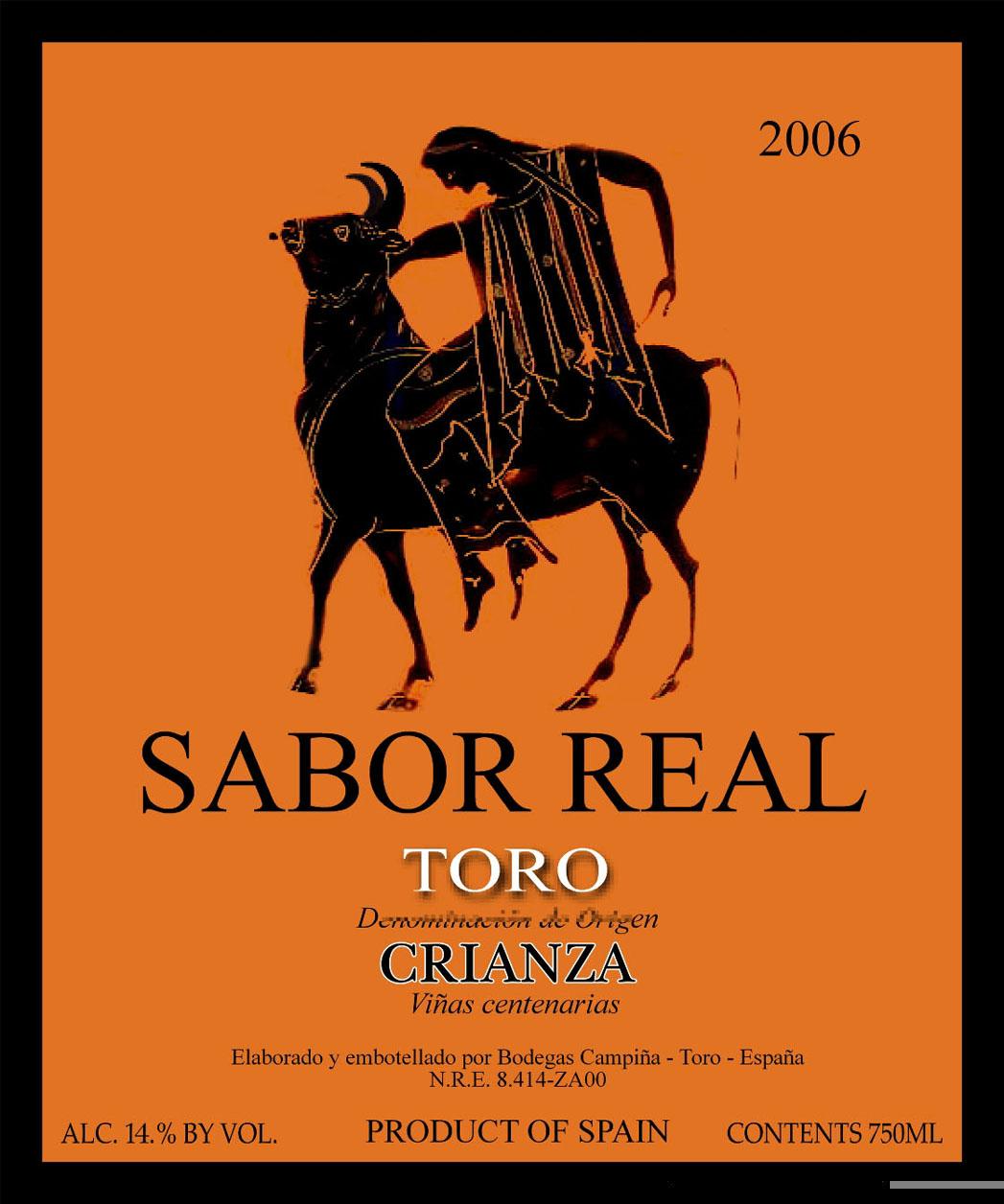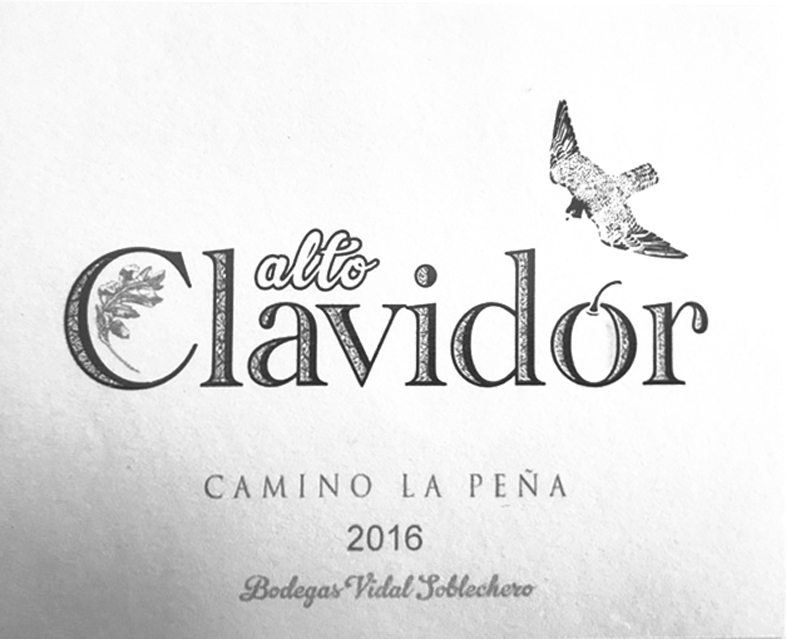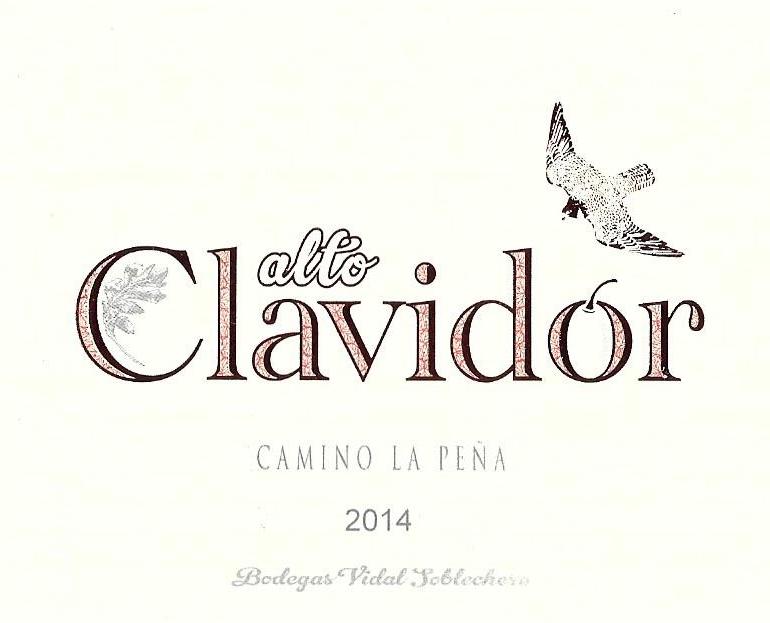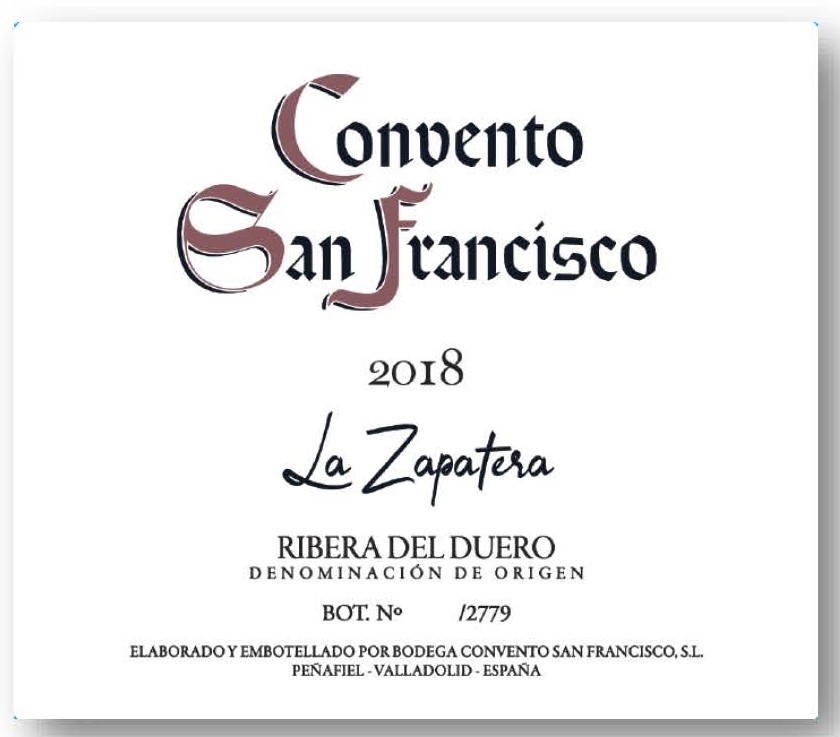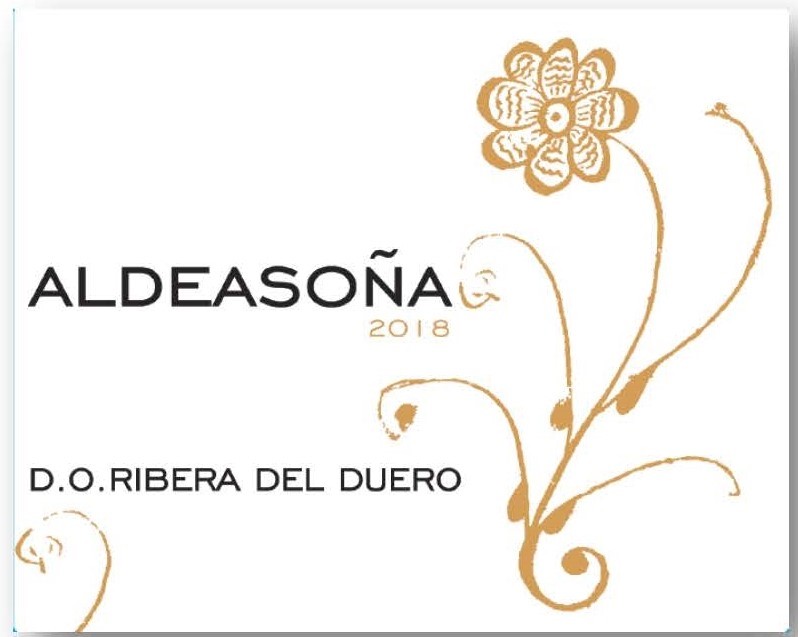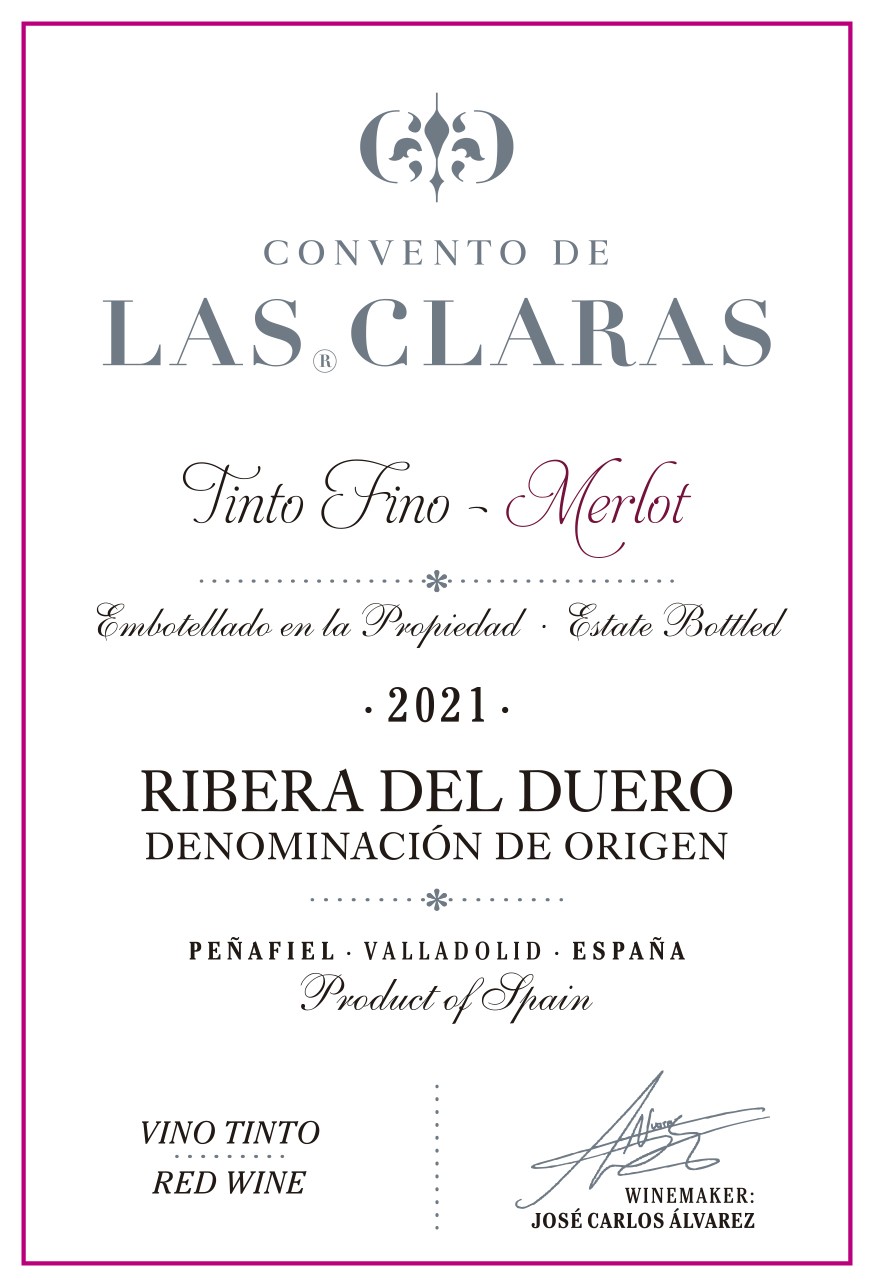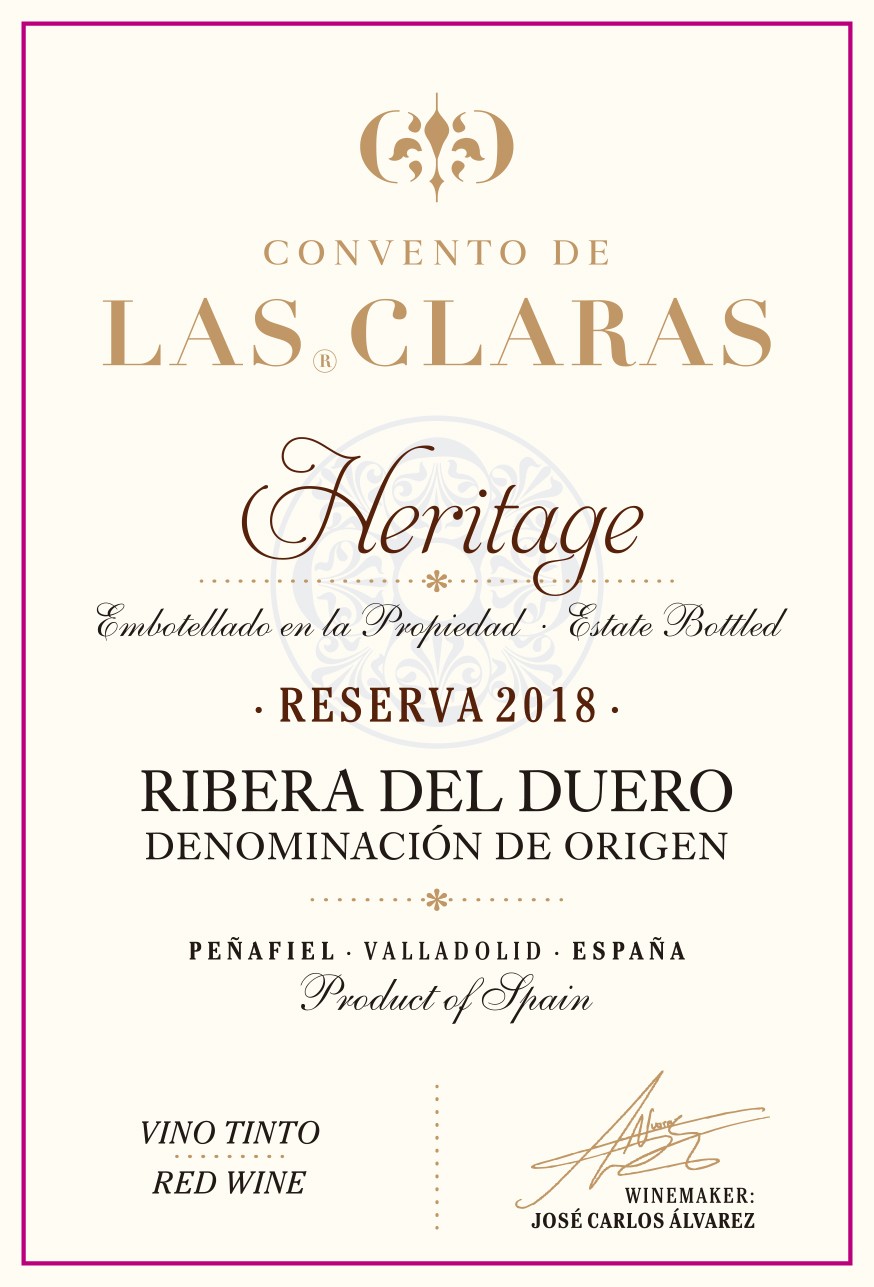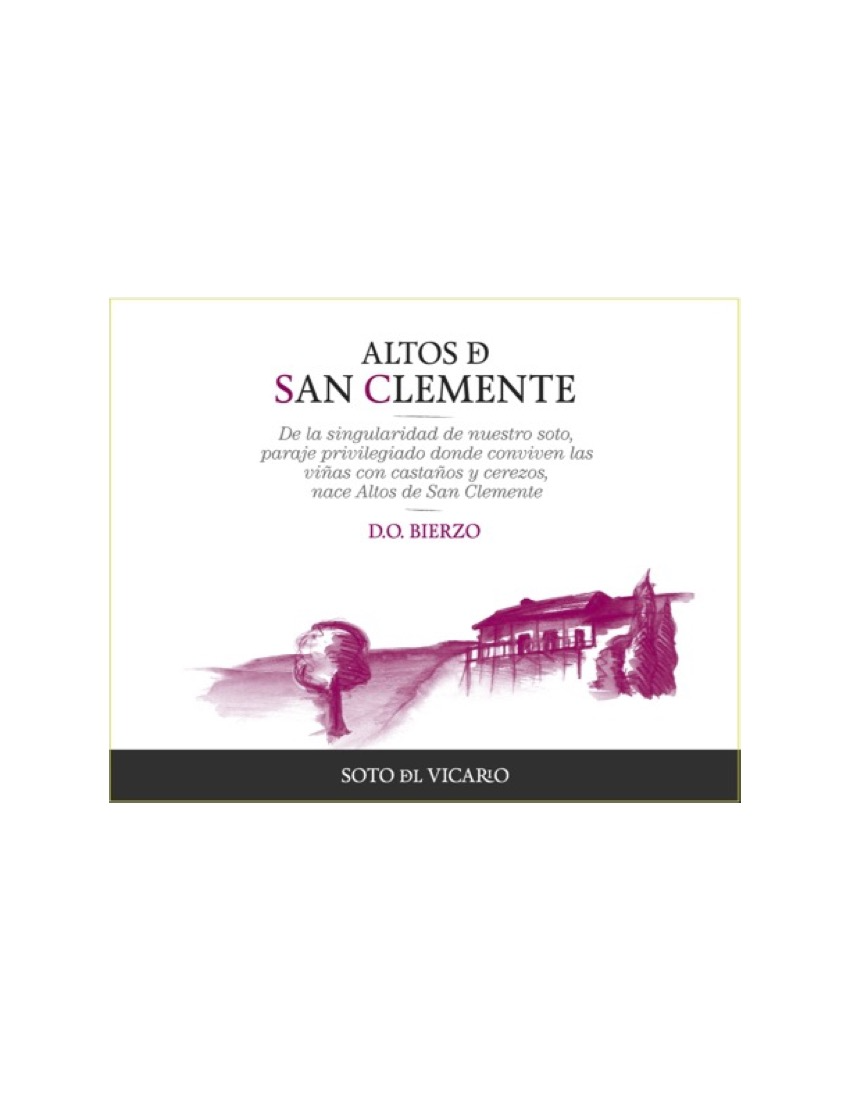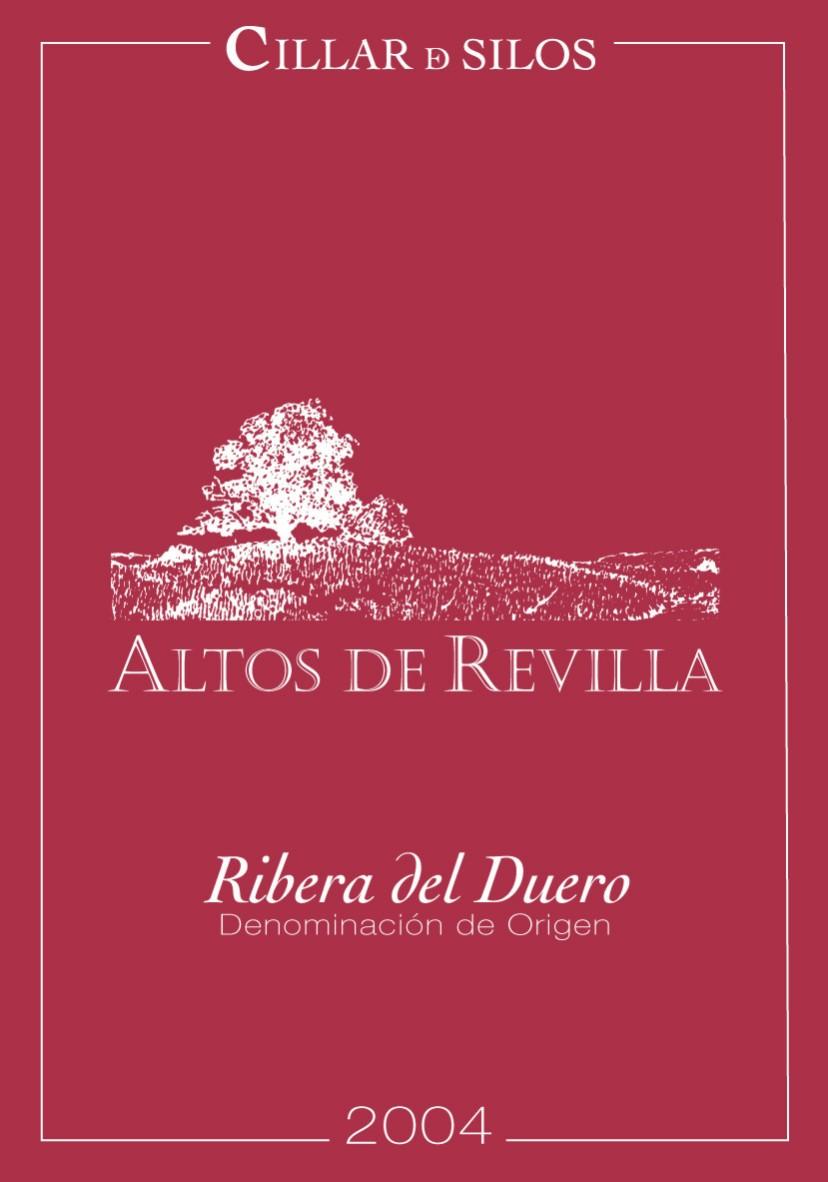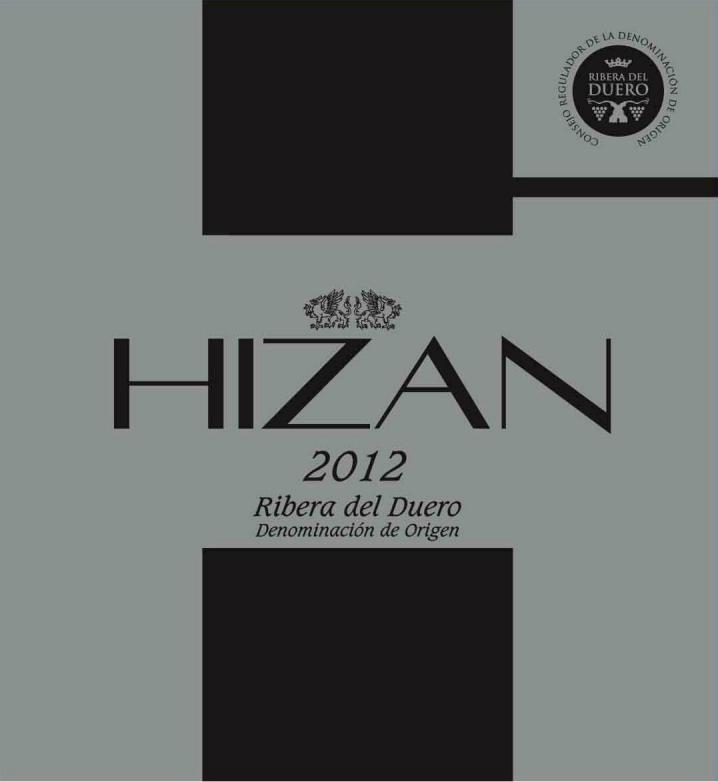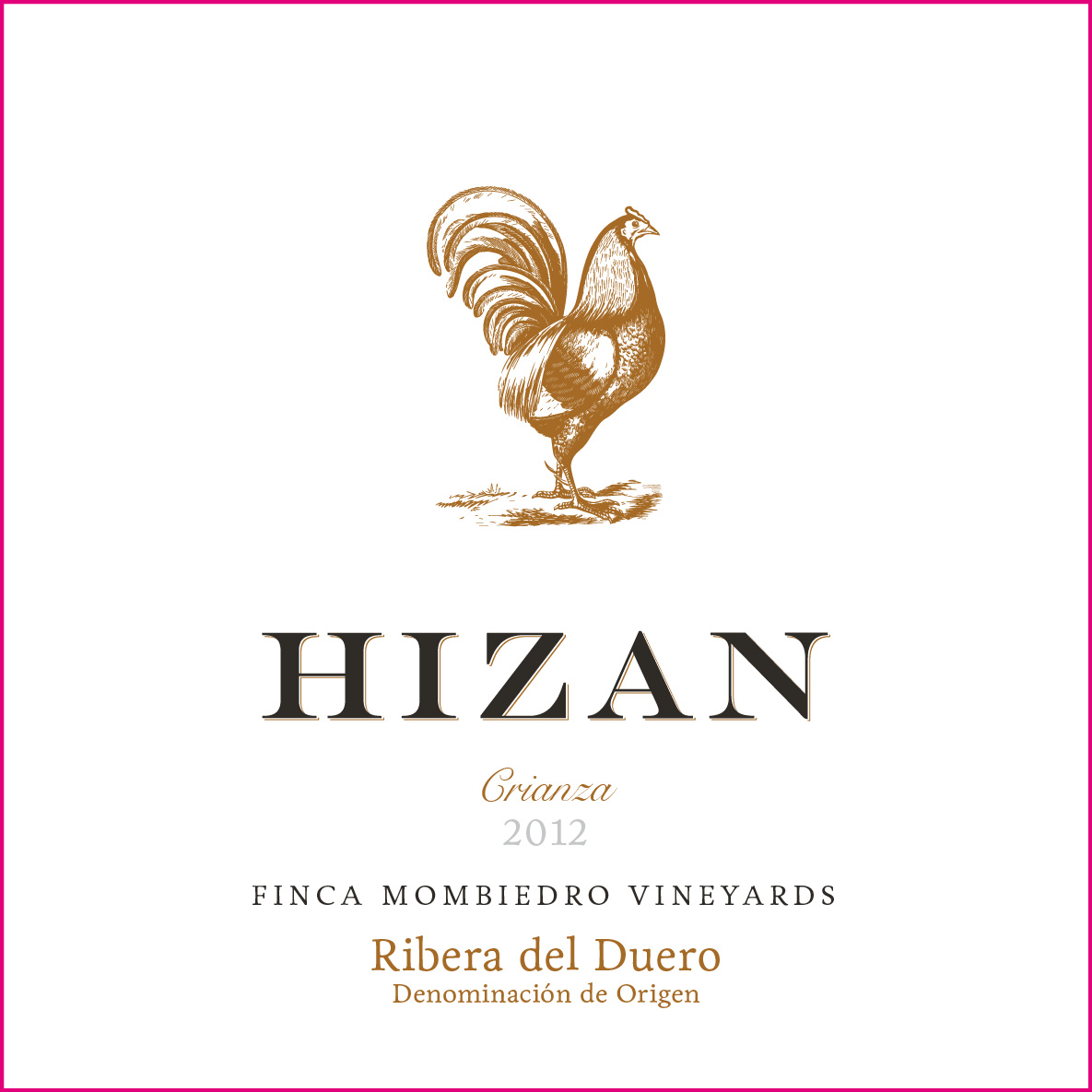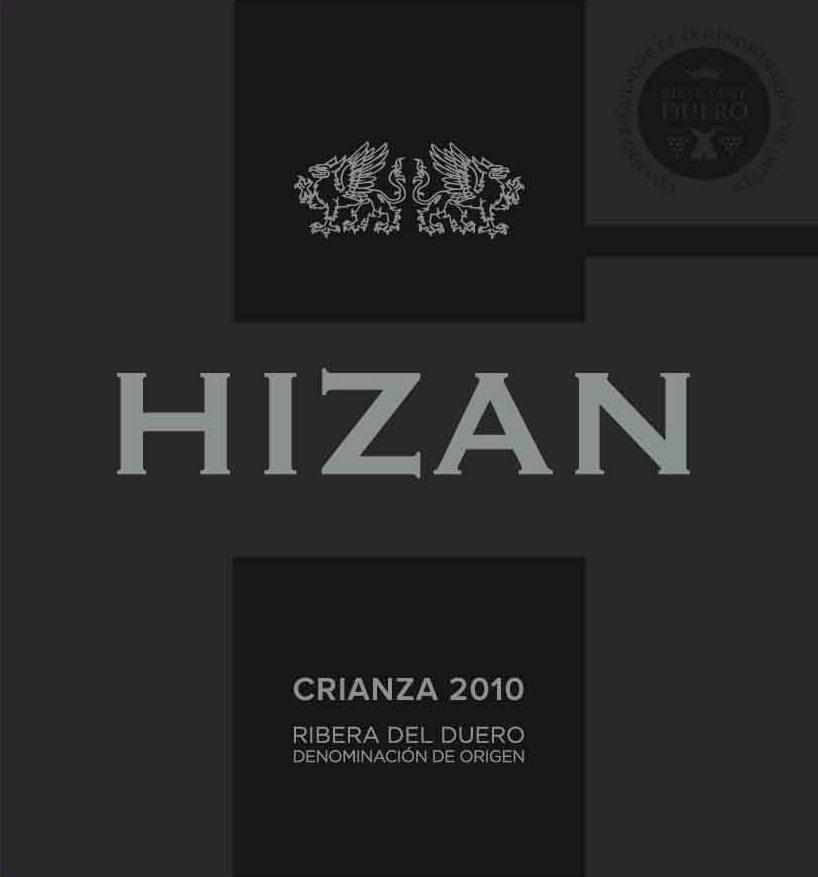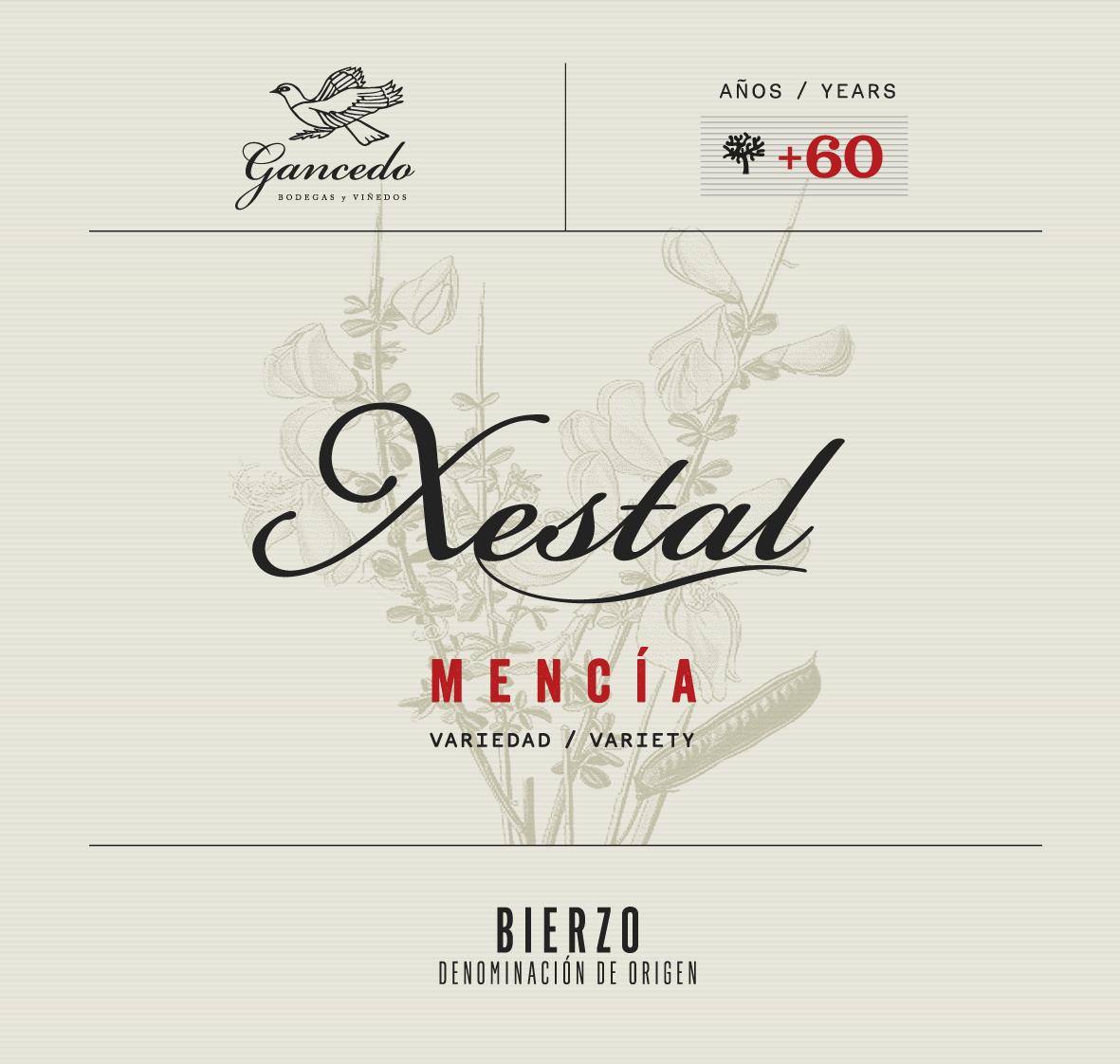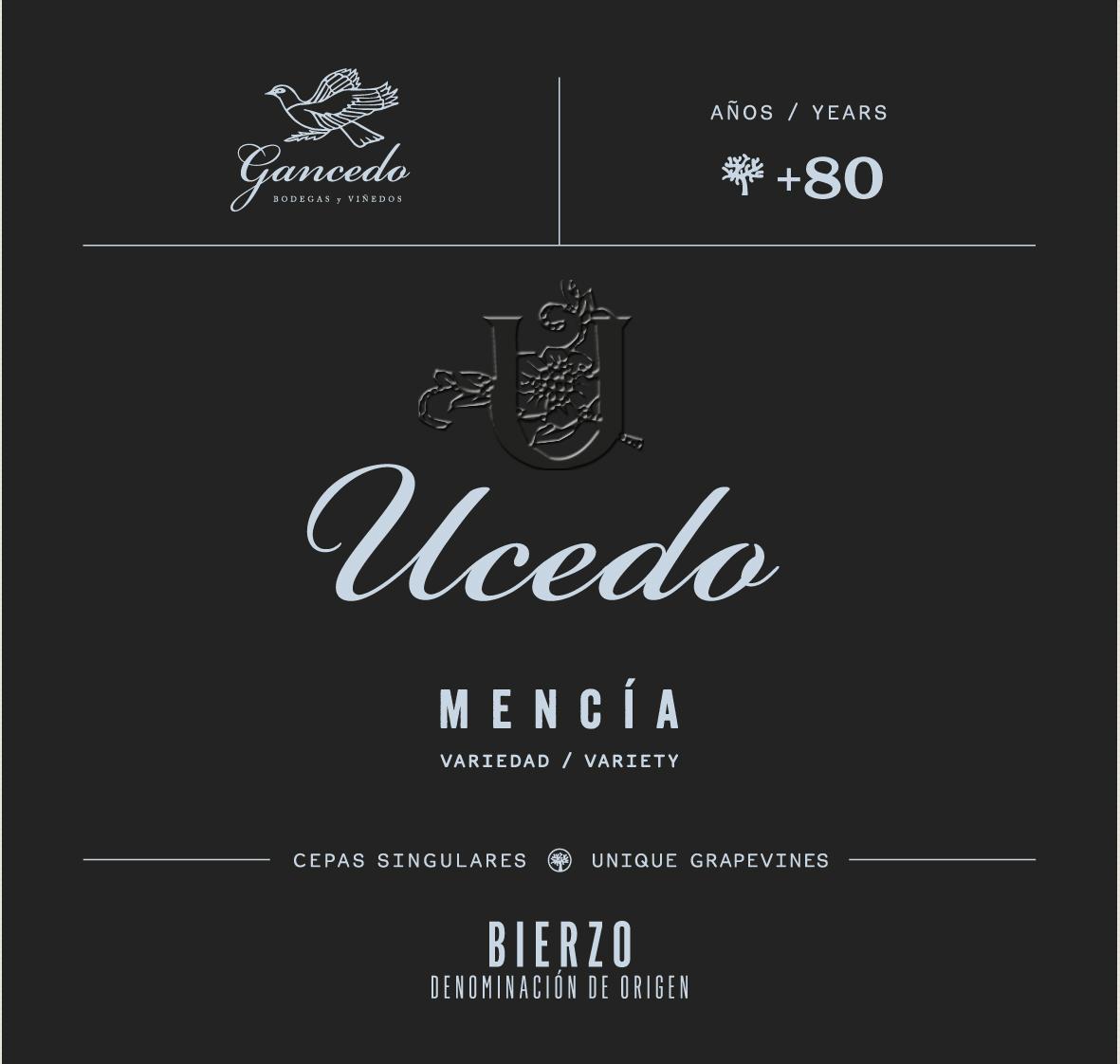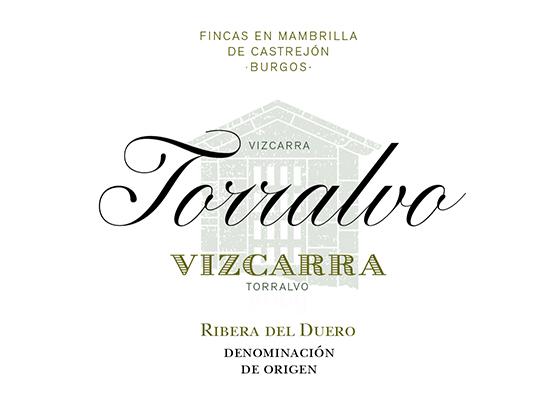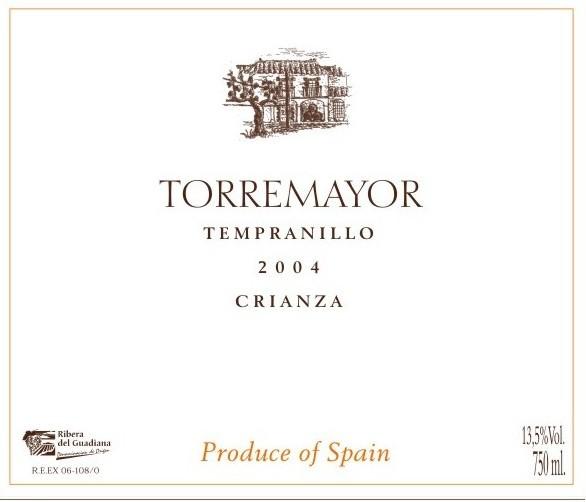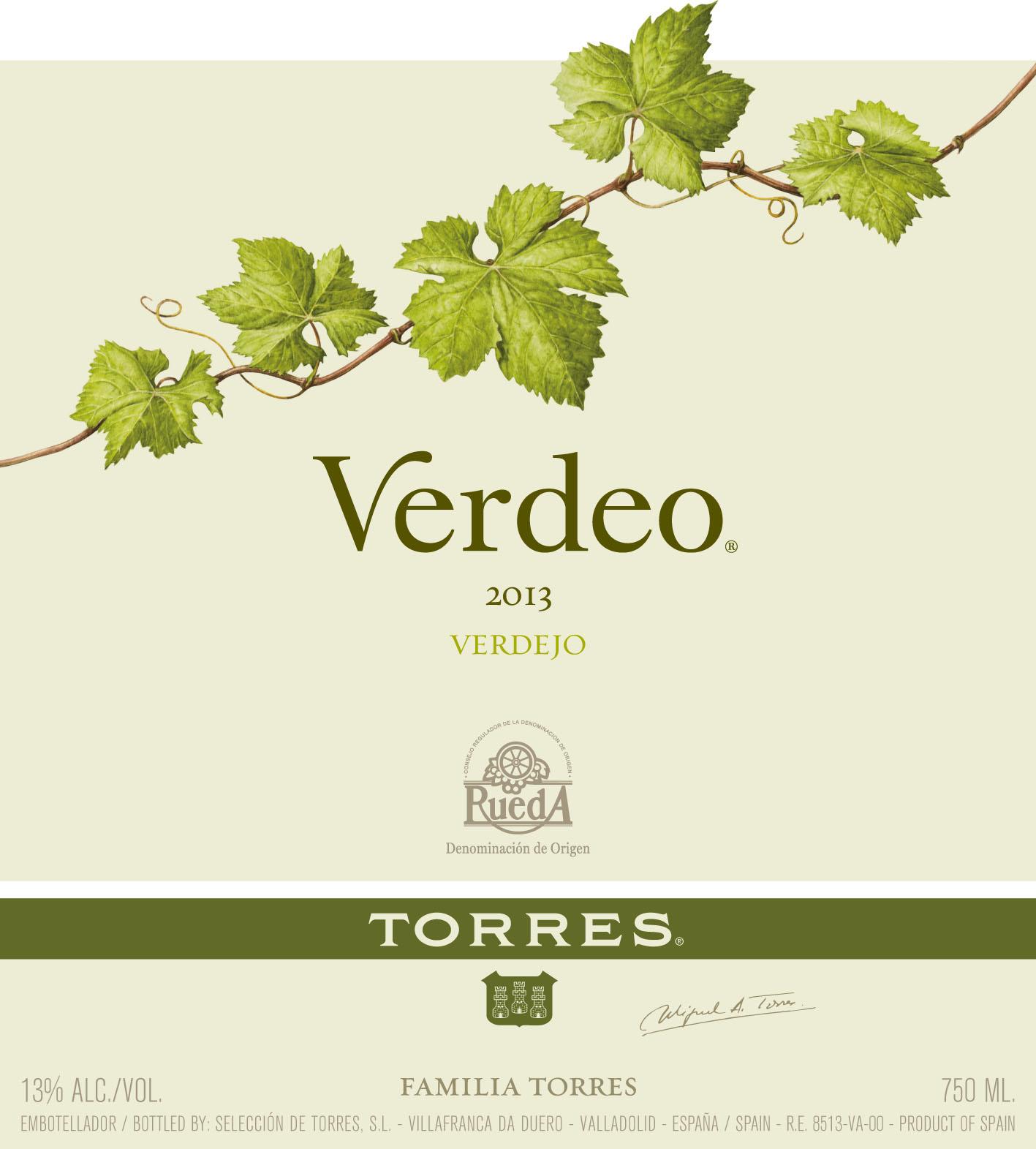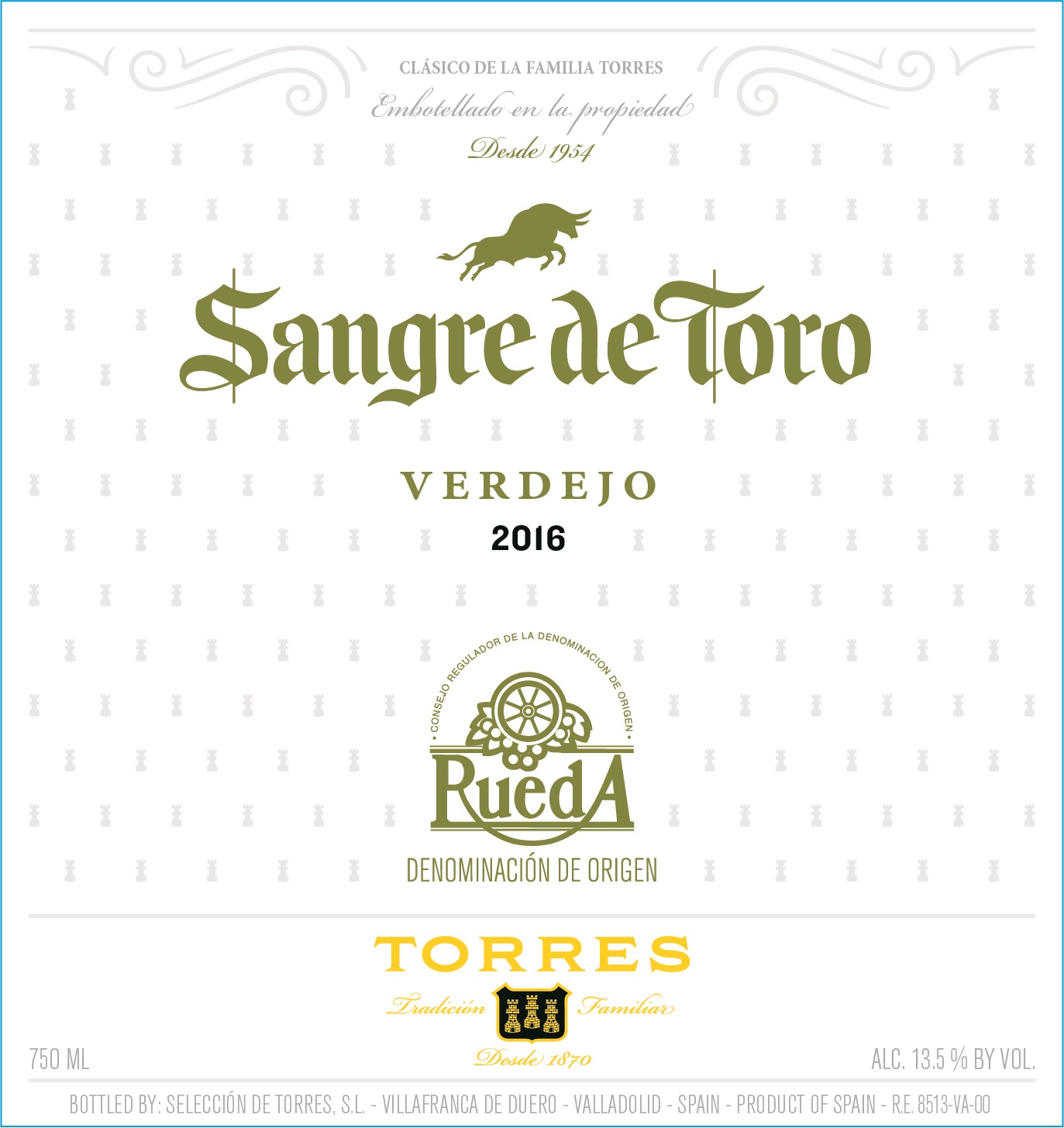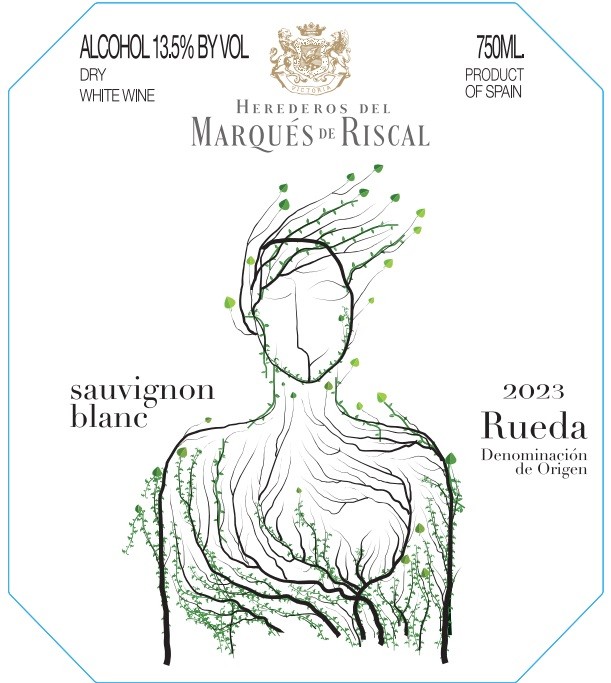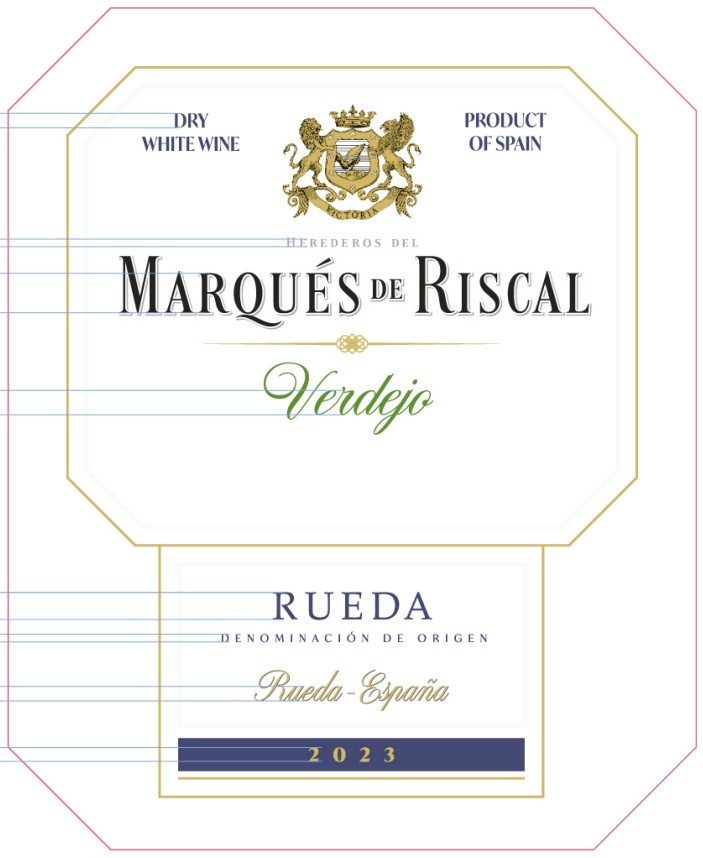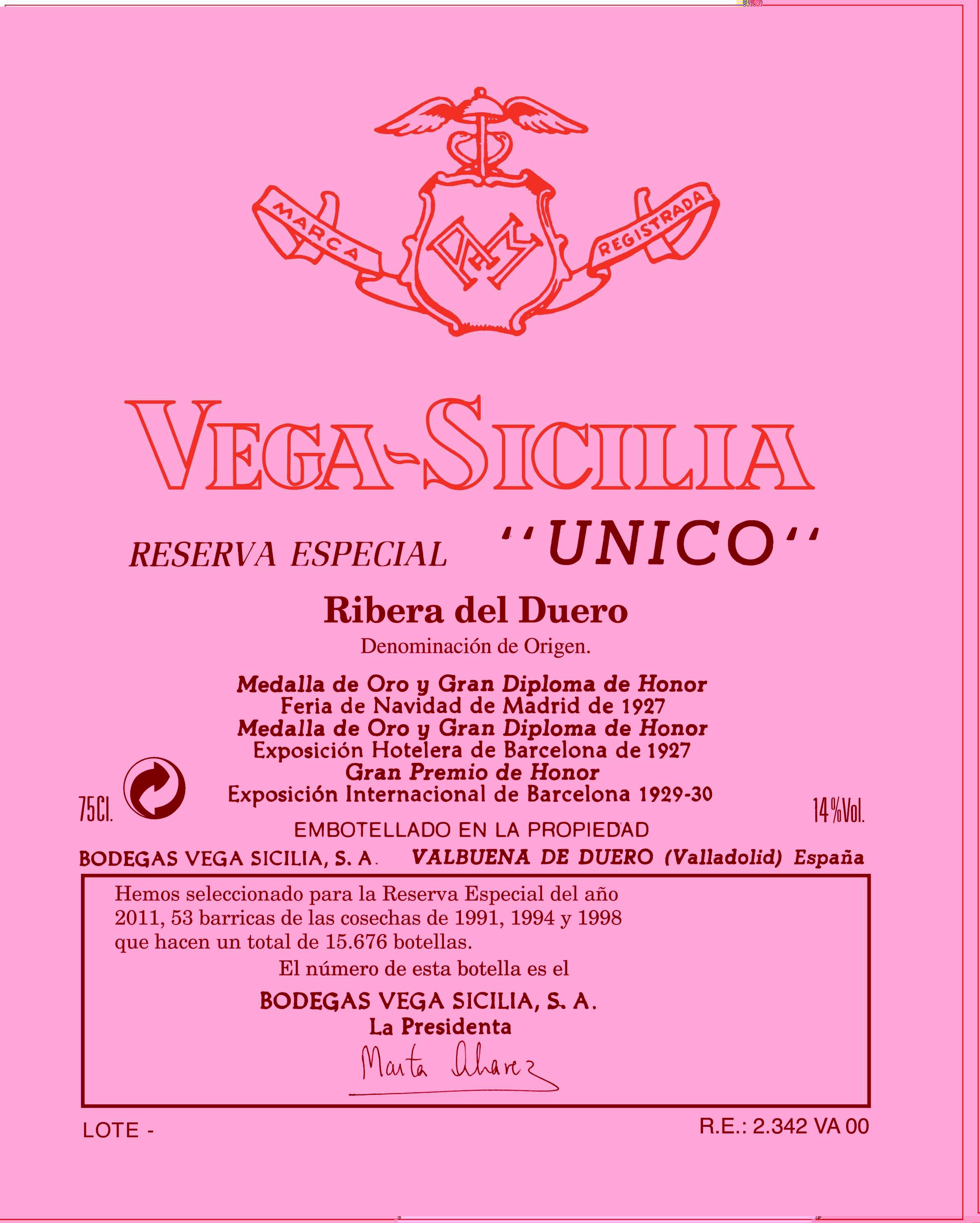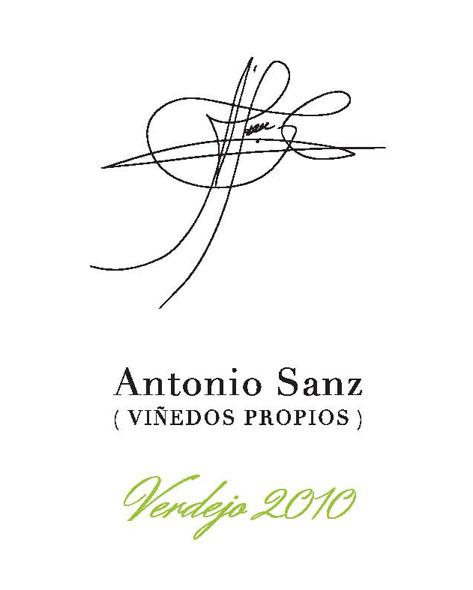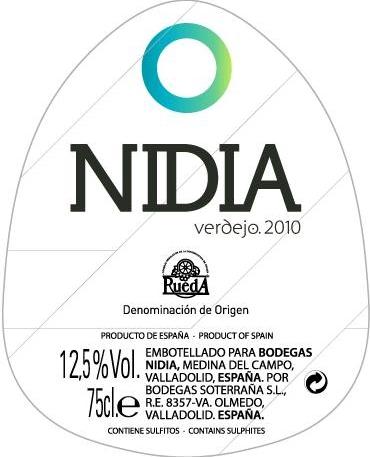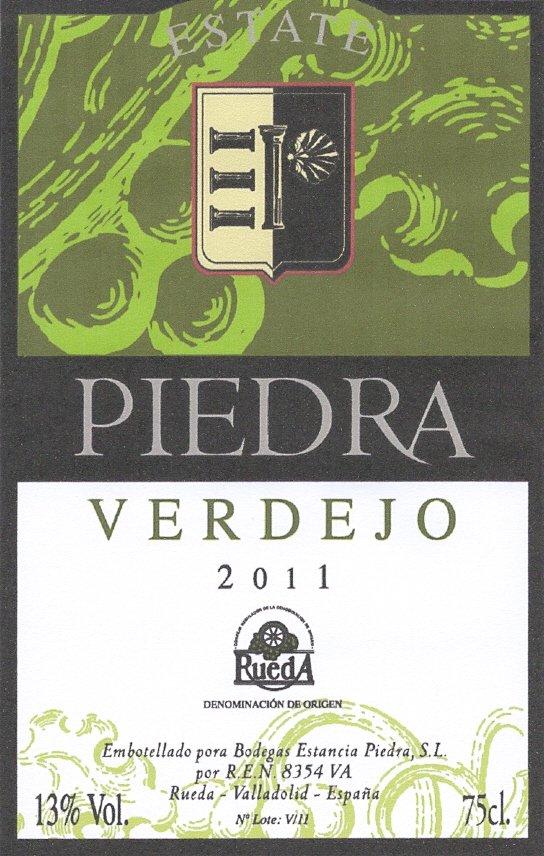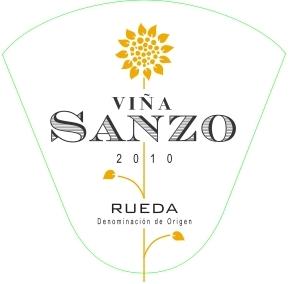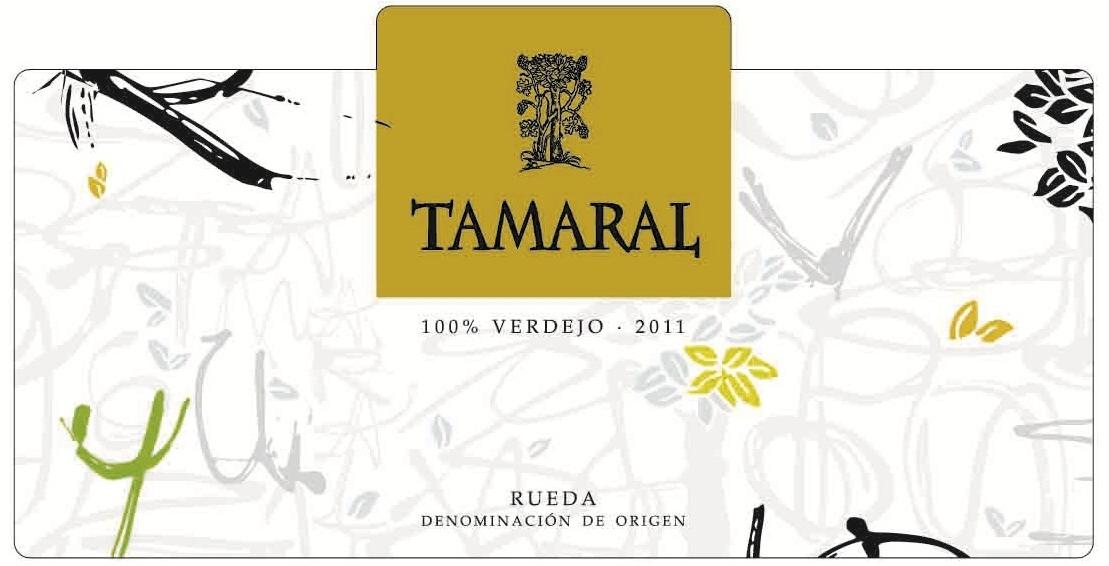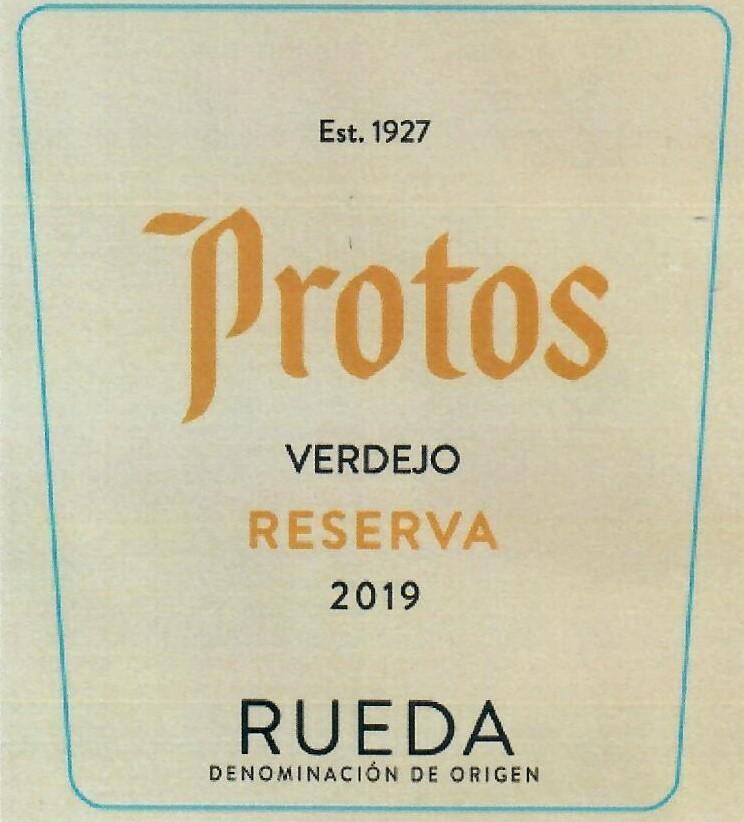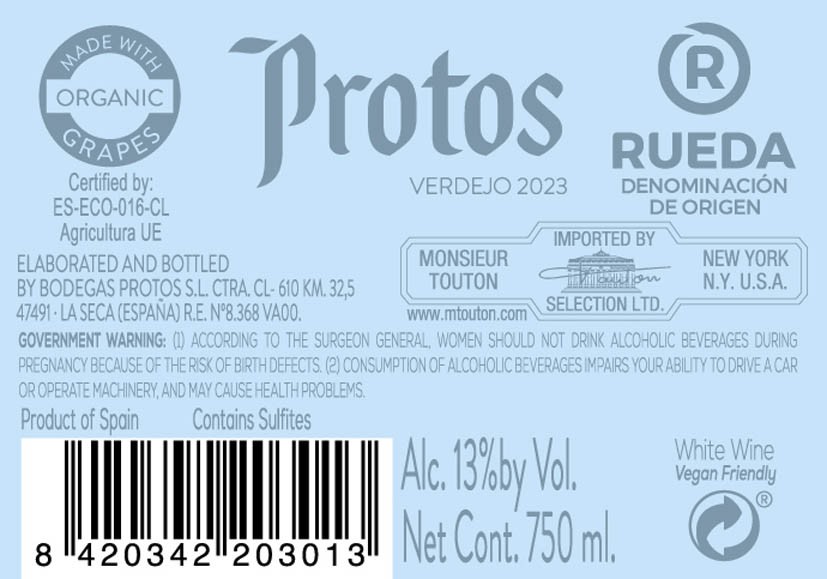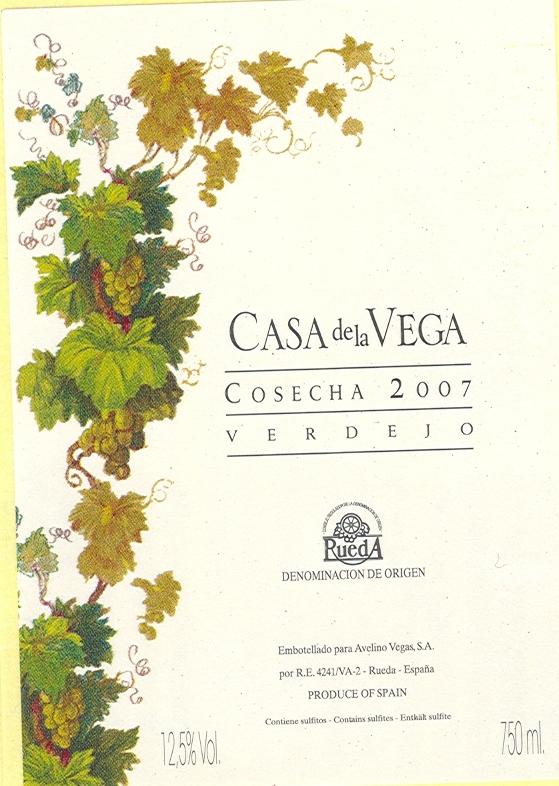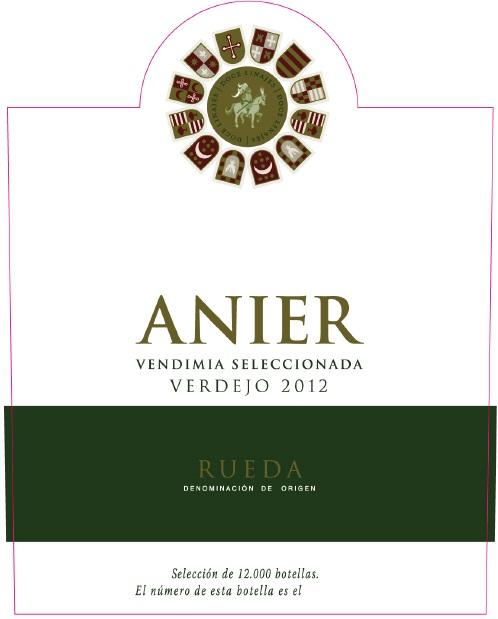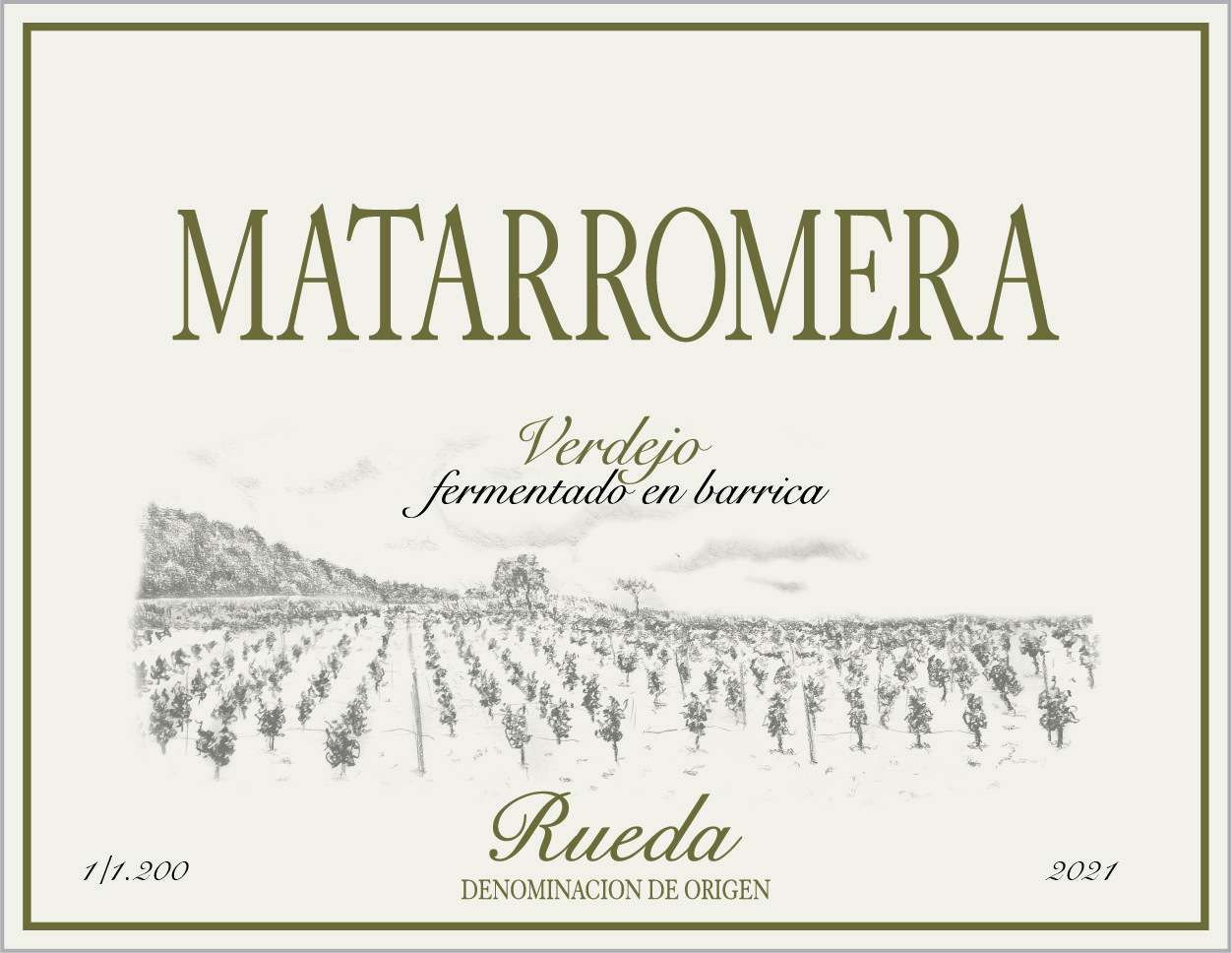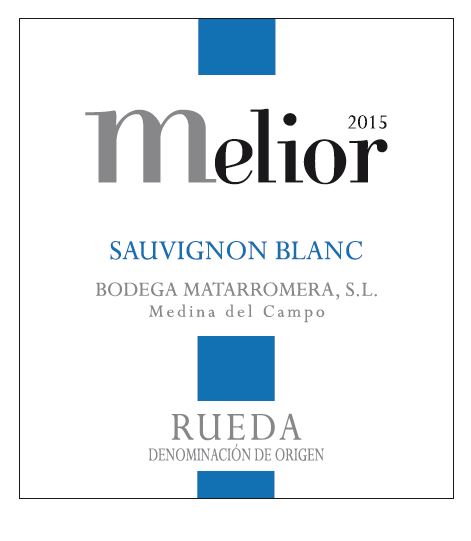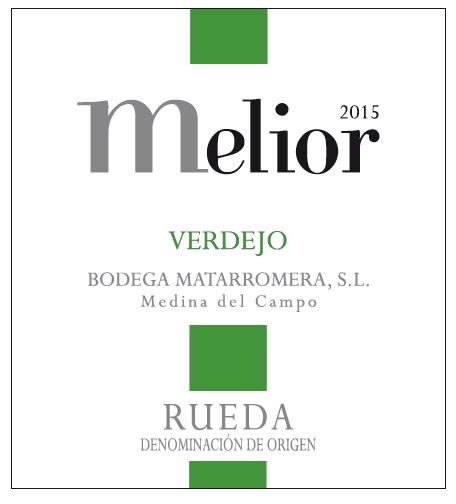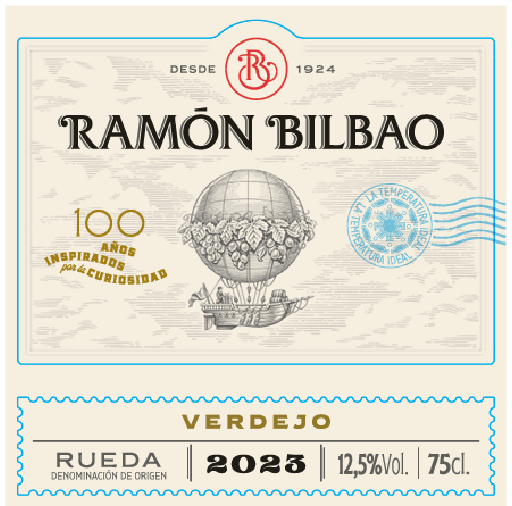Terroir of Asti
Asti's terroir and climate are shaped by its location in the southern foothills of the Alps, where rolling hills meet a climate influenced by elevation. Winters can be brisk, with occasional snow dusting the vineyards, while spring warms slowly, creating an extended growing season. Summers are warm but moderated by cool nights and breezes from higher elevations, preserving the grapes' delicate aromas.
The region receives moderate rainfall, between 800 and 1000 mm annually, evenly distributed throughout the year, preventing drought stress and ensuring vibrant fruit flavors in the wines. The varied soils, including calcareous clay, sandy loam, and marl, contribute distinct characteristics to the wines, adding structure, minerality, and aromatic intensity. Together, Asti's climate and soils produce wines known for their bright fruit, pronounced aromas, and lively freshness, hallmarks of the region's unique vinous identity.
Notable Wineries in Asti
Asti, a gem of Italy's Piedmont region, is renowned for its sparkling wine heritage, deeply rooted in tradition and innovation. Here are some notable wineries contributing to this legacy:
-
Contratto: Located in Canelli, it is one of the world's oldest sparkling wine houses, famed for its Moscato-based wines and metodo classico sparklers.
-
Bosca: A historic family-run winery in Asti, known for classic Asti Spumante and Moscato d’Asti, embodying the region's sparkling tradition.
-
Gancia: Established in 1850, this winery was pivotal in popularizing Asti Spumante globally, offering a diverse range of DOCG Moscato wines.
-
La Spinetta: Based in the Asti–Nizza area, this estate is celebrated for its premium Barbera and Moscato d’Asti.
Sustainable Winemaking in Asti
Nestled in the picturesque hills of Piedmont, Asti is embracing sustainable wine practices to preserve its enchanting landscape. Many vineyard owners are adopting organic and biodynamic methods, nurturing their soils with cover crops and natural compost to enhance fertility and prevent erosion on steep slopes.
Water conservation is pivotal in this region, with drip irrigation ensuring efficient usage during dry spells. Terraced vineyards and grass cover are employed to manage runoff, while integrated pest management emphasizes natural solutions over chemicals.
Asti's wineries are also turning to renewable energy, installing solar panels and using energy-efficient systems for cooling and lighting. Recycling is key, with grape waste often transformed into compost or grappa. Eco-friendly packaging choices, such as lightweight glass and recycled materials, further reduce their carbon footprint, aligning with national guidelines and fostering innovation in sustainability.
Wine Tourism in Asti
Asti, in Italy's Piedmont region, offers rich wine tourism experiences, blending tradition with modern sustainability. The Douja d’Or Wine Festival in September is a highlight, where visitors can savor DOCG wines amidst cultural festivities. Asti's wine routes, like Strada del Moscato, invite cycling through scenic vineyards, connecting with local wineries and cuisine.
The region's UNESCO-listed Monferrato hills boast historic cellars perfect for exploring the area's vinous heritage. Visitors can enjoy culinary experiences, pairing local dishes with Asti’s famous wines, such as Moscato and Barbera. Beyond wine, Asti’s rich history and cultural events, including the Palio di Asti, offer a deep dive into local traditions.
With a focus on sustainability, Asti's vineyards employ eco-friendly practices, ensuring the preservation of its stunning landscapes while delivering exceptional wine experiences.


